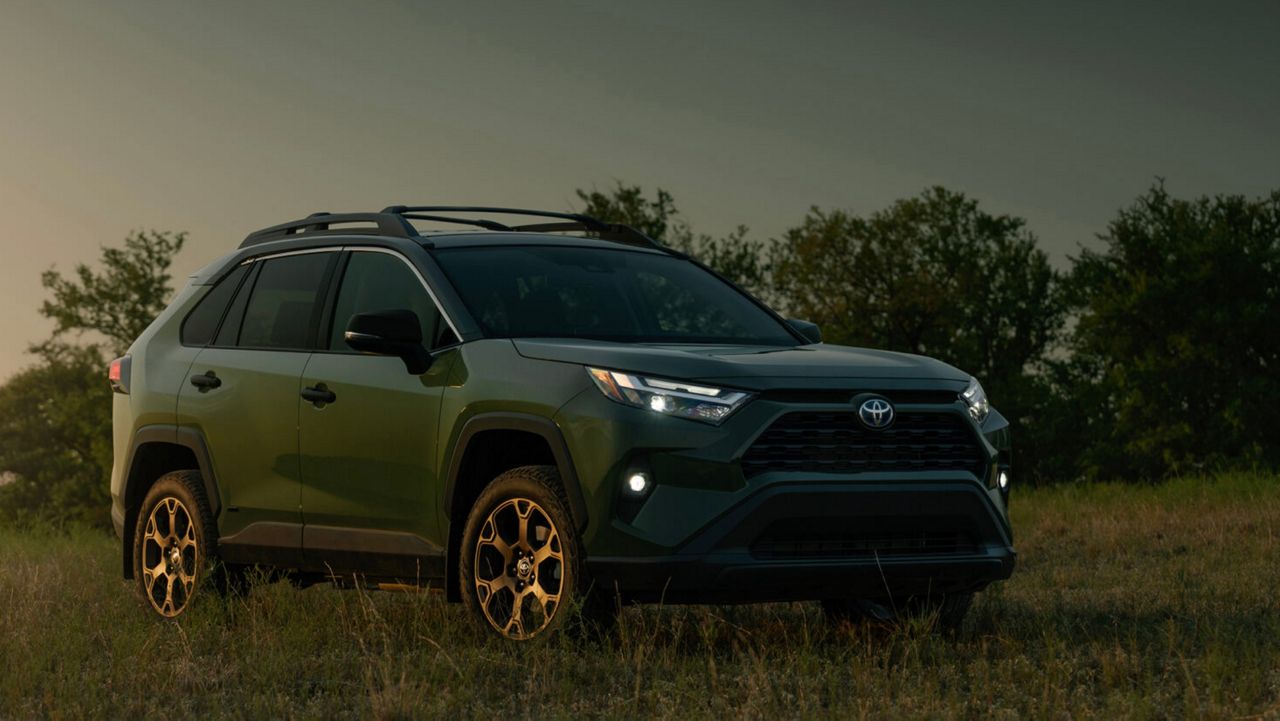Following years of supply chain disruptions and inflation, the auto market is finally returning to normal.
While new vehicle supplies are almost back to pre-pandemic levels, affordability issues are keeping demand in check, resulting in lower prices for new and used vehicles.
“We have a slowing economy with high rates,” Cox Automotive Chief Economist Jonathan Smoke said Thursday during a briefing on first quarter auto sales and the industry’s outlook for 2024. “Retail sales and consumer spending data suggest high rates and stubborn inflation have finally caused consumers to pause on spending.”
That’s dropped the average transaction price for a new vehicle to $47,244 in March — a 5% decline from its almost $50,000 peak in December 2022, and a 2% drop compared with a year ago. Still, prices are over 20% higher than they were in 2020.
Used vehicle prices fell 7% in 2023 and will fall another 0.7% by the end of this year, Cox Automotive predicts. In the last week alone, the average retail price for a used model year 2021 vehicle fell 0.1%.
“The vehicle market is still recovering from a period of high inflation. The COVID-created supply shortage began to significantly disrupt sales around May 2021 when dealers’ shelves started to become bare, and the shortage of supply caused prices to spike,” according to Cox Automotive Senior Economist Charlie Chesbrough.
Higher vehicles prices compared with prior to the pandemic are changing the types of vehicles consumers are buying. Full-size pickup trucks and mid-size SUVs, which have dominated the market for years, are beginning to see declines, replaced by increasing sales of compact SUVs, subcompact SUVs and compact cars that come with lower price tags.
“The affordability issue is not only impacting how many vehicles are sold but what kinds as well,” Chesbrough said. “Some of these big pickup truck buyers have switched to smaller and midsize pickups, which has now grown to be the ninth largest segment.”
Electric vehicle sales increased 15% in the first quarter of 2024, largely driven by transaction prices that fell 12.8% in February compared with a year earlier. The average price of a new EV is now $52,314.
Overall inventories of new vehicles in March are 50% higher than a year ago. There are 940,000 more vehicles on dealer lots than there were at this time last year.
The collapse of the Francis Scott Key Bridge this week isn’t likely to create problems for the U.S. auto market, despite Baltimore being the top port for auto shipments.
“At the rate supply is growing, we will return to pre-COVID levels of 3+ million vehicles sometime later this year,” Chesbrough said.
“More supply has brought the return of discounting and incentives, and it’s brought the return of product selection for consumers,” he said. “The rest of 2024 is expected to show more of the same: more supply, more discounts, more incentives, more EVs and more competition, all of which is expected to benefit vehicle buyers and lead to slightly more vehicle sales.”
With 15.7 million in projected new vehicle sales and 36.6 million for used this year, 2024 is likely to be the fourth most profitable year for auto makers, despite lower vehicle prices.



